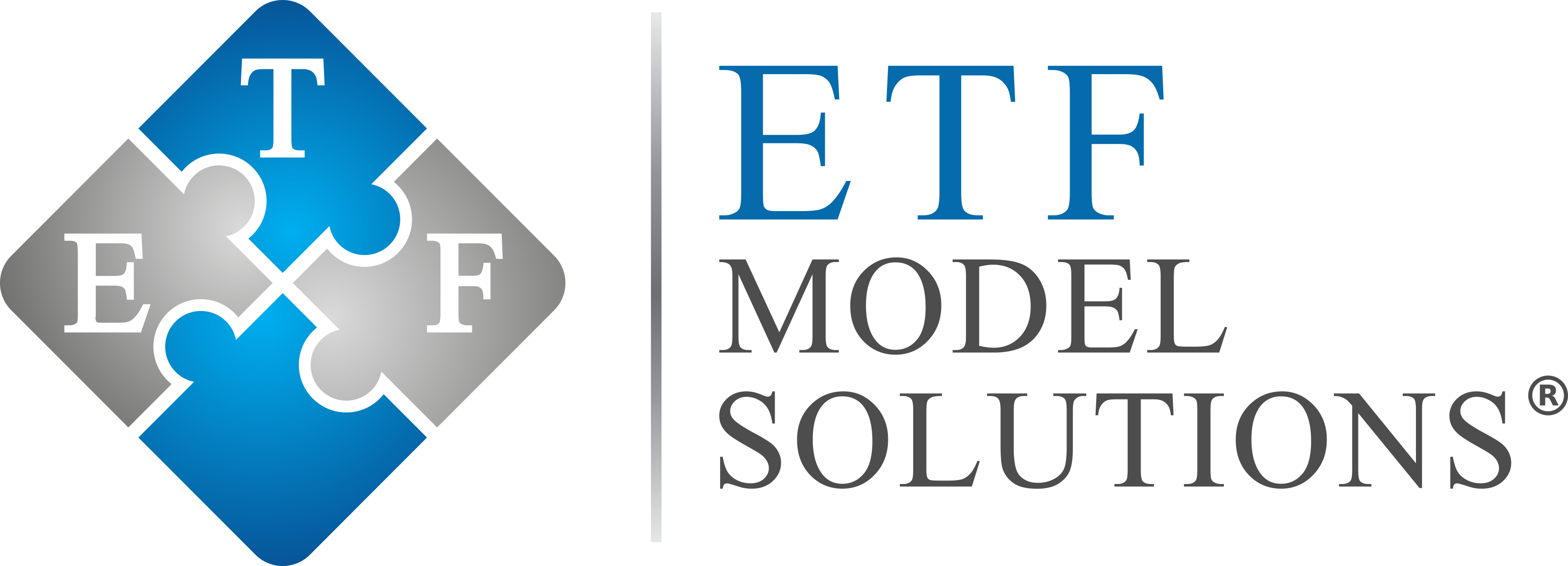CalPERs Size Restricts its Alternative Asset Exposure
CalPERs $402 billion pension fund (as of 2/7/20) relies more heavily on traditional equity and fixed income than many of its U.S. pension plan peers. Less than 20% of CalPERS portfolio is held in alternative investments. This is not necessarily by choice, as CalPERs staff has indicated that the fund’s extreme size makes it difficult […]
More Collective Investment Trusts Being Added to DC Plans
There are now over 3,200 collective investment trusts (CITs) tracked in the Morningstar CIT database, collectively holding nearly $2 trillion according to a recent article that appeared on WealthManagement.com. That’s up from $896 billion in 2008. Callan Associates estimates that 71% of DC include at least one CIT in their plan up from 60% and […]
DC Plans Slow to Adopt Liquid Alts…But Why?
A recent article on Wealth Management.com titled “Liquid Alts in DC Plans? Don’t Hold Your Breath” discusses the relatively slow adoption of Liquid Alts by defined contribution (DC) Plans relative to what Defined Benefit Plans (DB) have done. The arguments for liquid alts, as the article presents, include managing return and risk management, managing volatility, […]
The Changing Retirement Landscape
At age 62, “most” have only saved 30% of the money they need to sustain their remaining life expectancy. However, for most people, if they continue working and retire at 70, their 401(k) balance increases the value of the average 401(k) by 86% Source: Boston College’s Center for Retirement/Greenwich Associates […]
“What’s In My Target Date Fund?” Isn’t The Only Question That Needs To Be Asked About TDFs
Given the large amounts of money flowing into target date funds, more effort by plan sponsors and participants should be devoted to understanding the methodology that the managers of the funds are using to manage the “glide path” of the fund. The reason that TDFs are so popular is because of the belief that these […]
Using Managed Accounts as Qualified Default Investment Alternatives (QDIAs)
Target Date Funds have long dominated the 401(k) Qualified Default Investment Alternatives world, but that could begin to change as participant’s financial situations become too complex for simple TDFs, and as competition drives down the fees of managed accounts. Managed accounts, while charging higher fees, allow for the use of ETFs, broader asset class allocation, […]
Supreme Court Expands Fiduciary Responsibilities for Plan Sponsors
In a far-reaching unanimous ruling issued today, the Supreme Court ruled in favor of participants in employee retirement plans who sued claiming that the plan sponsors violated their fiduciary duty by including higher cost “retail class” funds instead of identical investments with lower cost “institutional shares” open only to institutional investors. The ruling (Tibble v. […]
8 Myths of Collective Investment Trusts
BenefitsPro has published an article written by Marlene Satter covering the 8 Myths of Collective Investment Trusts (CITs). The 8 myths are: Myth 1: CITs are exactly like mutual funds. Myth 2: CITs have a lower level of regulatory oversight than mutual funds. Myth 3: Undocumented CITs lead to uninformed decisions. Myth 4: High account […]
Excessive Fee Lawsuit To Affect Retirement Plans
The ongoing litigation in Tibble vs. Edison reached the Supreme Court recently in a dispute over the high cost of retail mutual fund share classes in 401(k) plan when lower cost institutional share classes were available. The defendants argue that the statute of limitations alleging the fiduciary breach had expired. The case serves as a […]
Collective Investment Trusts for 401(k) Plans Becoming More Popular
A recent article titled “US Mutual Funds Cut Expenses by Shifting Billions To Trusts” discusses the growing use of Collective Investment Trusts (also known as Collective Investment Funds, CITs or CIFs) based upon their lower cost structure. A few excerpts: Assets in CITs are surging because they can have significantly lower overhead costs than the average […]
